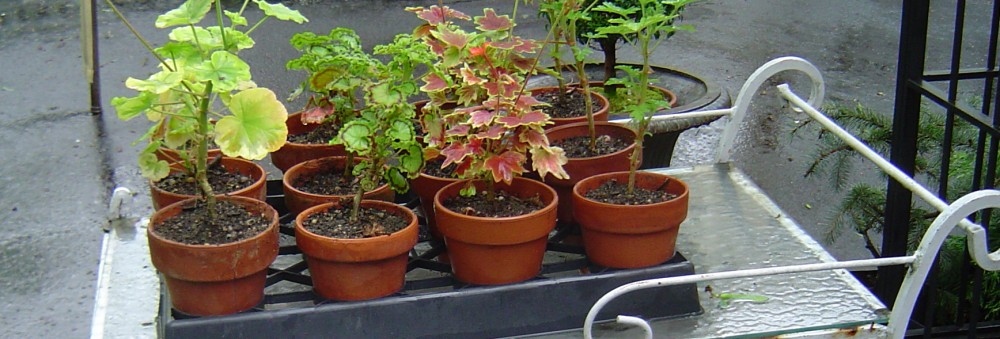July is all about maintenance. No major planting or project occurs at this time. It’s time to enjoy the fruits of ones labor. And I’m here for it. There’s nothing as satisfying as strolling around, preferably with a cool drink in hand, admiring what’s in bloom and what’s going well. Finally, a bit of time to simply take in the beauty and wonder of what one has created.
Of course, it doesn’t mean there’s nothing to do. That would be wishful thinking. Weeding, watering, propping up, trimming back and general faffing is in order, But these can set a happy rhythm to the days. Leaving plenty of time to sit and soak up sunshine and revel in the delightful horticultural offerings. Hours spent watching the numerous insects and birds never get old. Quite the contrary – like sunrises and sunsets, rainbows, full moons and meteor showers, we never tire of what’s in bloom, butterflies flitting and floating gracefully, hummingbirds darting from feeder to flowers, bees laden with pollen whirring home, dragonflies pausing at the water filled trough, their iridescent wings refracting sunlight into flat rainbows …. the list goes on. Before one knows it, afternoon has become nightfall and the fireflies are twinkling in time with the stars.
All too often, I’ve allowed myself to be caught up in the spirit of the season and neglected to do enough in the maintenance department. It’s so easy to let that happen. I think I’m doing enough only to discover that the garden is no longer just expressing summer exuberance. Rather, it is shockingly messy and overgrown. Not this year. My resolution made early in the spring has held up well thus far and I’m seeing the impact due diligence makes.
Regular weeding and watering as required have always been kept up but, timely deadheading, staking and cutting back overgrowth makes all the difference to the health and appearance of the garden. This past weekend, blessed with good weather, that’s exactly what was accomplished. Snipping off spent flowers, cutting overgrowth of certain highly rambunctious plants, staking and supporting those in need, re-potting plants started from cuttings, trimming topiaries, chopping some plants like asters by 1/3 to prevent legginess and encourage fuller growth, feeding all the roses and every plant in a pot with organic fertilizer – it all got done. And the garden breathed a big sigh of relief. Everything looks so much better.
My husband and I split the numerous tasks but we made sure we took breaks for coffee, lunch and many glasses of water on the terrace, at which time we watched the hummingbirds, counted butterflies and shared observations made when we were tending different parts of the garden. A happy balance of work and pleasure. Pre-dinner drinks and dinner felt very well deserved as we sat back and appreciated this piece of earth of which we are blessed to have custody.
My final task before calling it a day was to water all the plants in pots – something that is done almost daily. I had to resort to the tap as the rain barrel was very low in water indicating how dry its been. I then noticed some plants in the beds looking mighty thirsty and watered them too. Fingers crossed it’ll rain later today, slake the earth and fill up the barrel.
In doing the maintenance chores regularly, it’s easier to notice what’s new. Which flowers are blooming, is there a scarcity or abundance of pollinators, where the nests are, what pests have made an ugly appearance and addressing the problems right away before it gets too late. The tasks remind me that I am a caretaker. And care I shall take.
Scenes from the garden –
(c) 2022 Shobha Vanchiswar
[do_widget “Blog Subscriptions (Jetpack)”]
















































